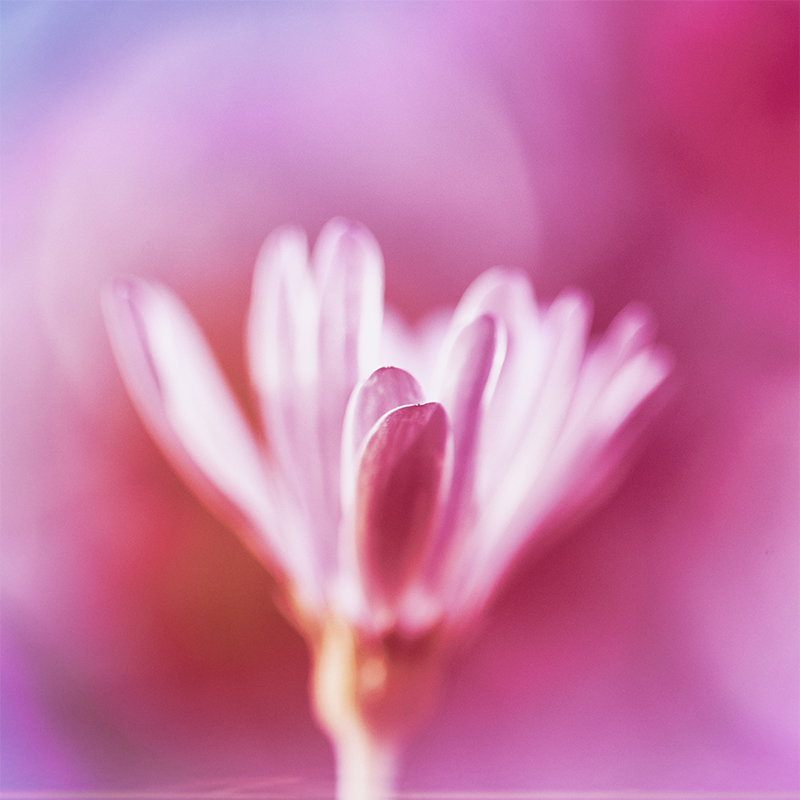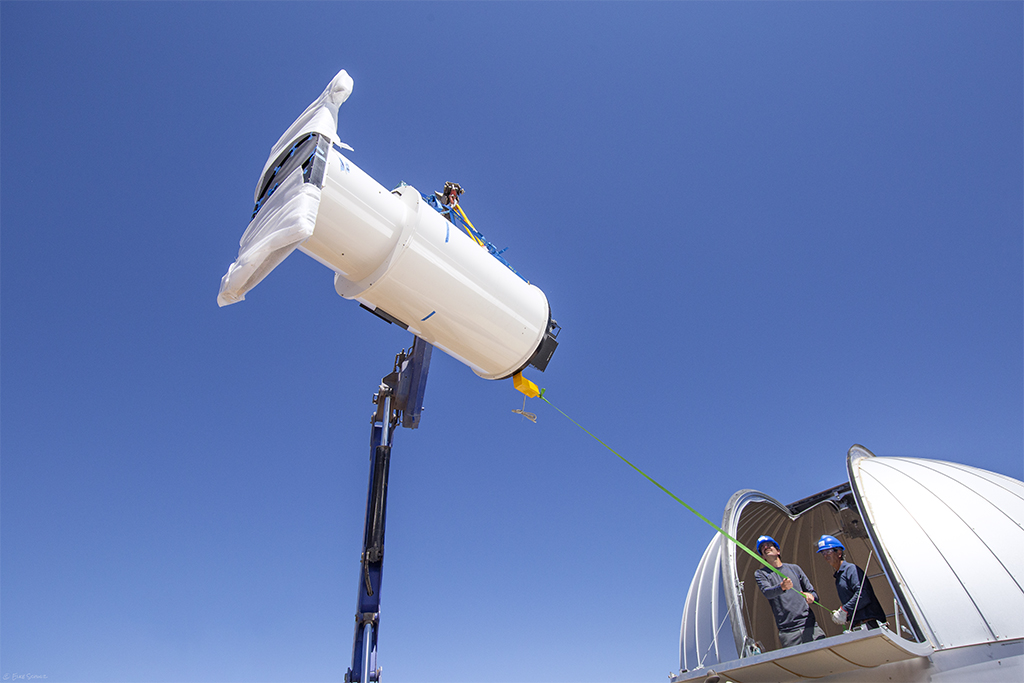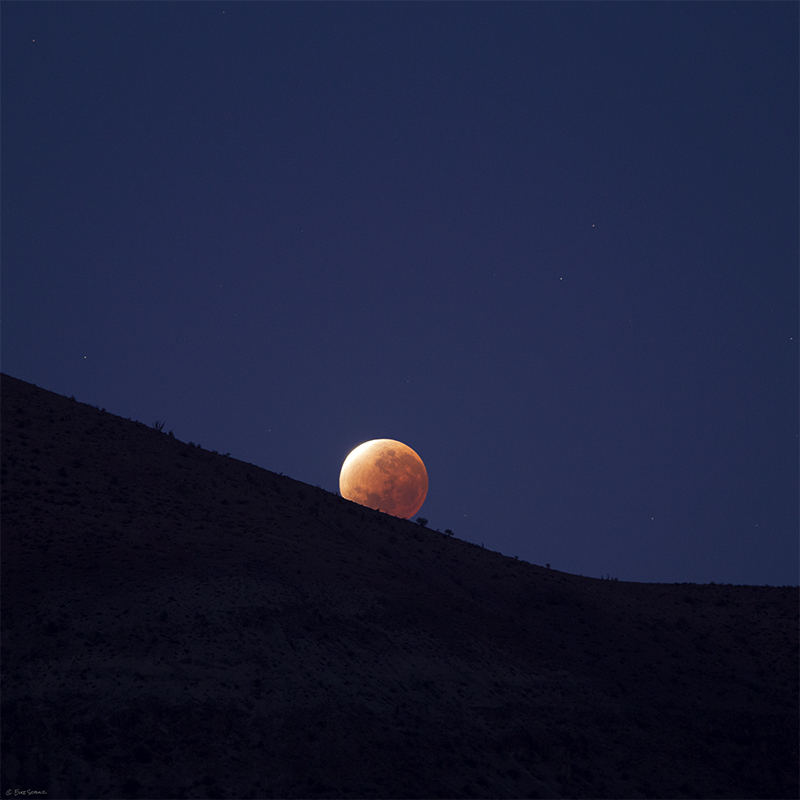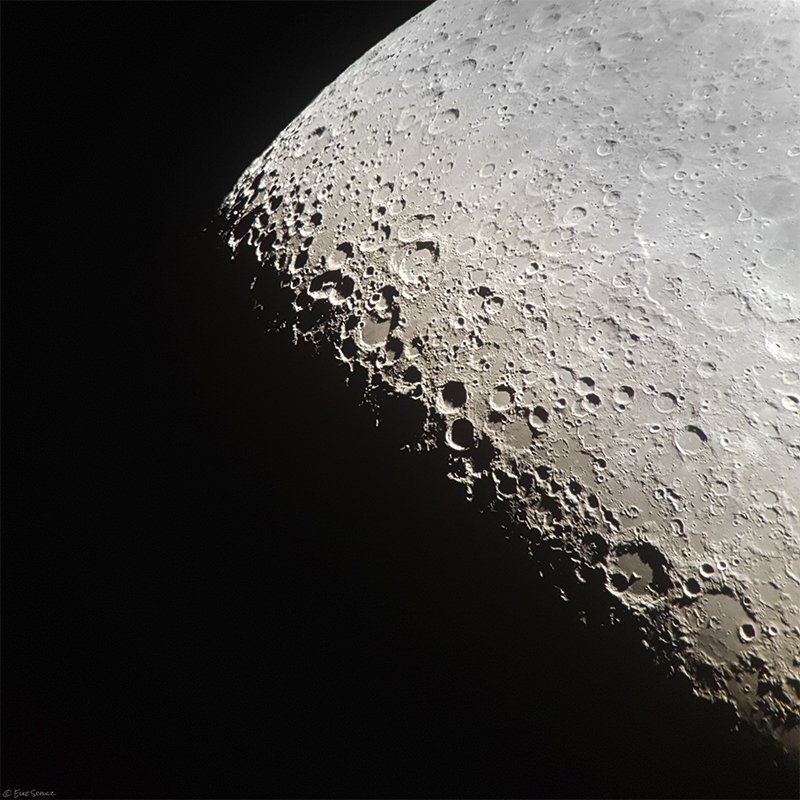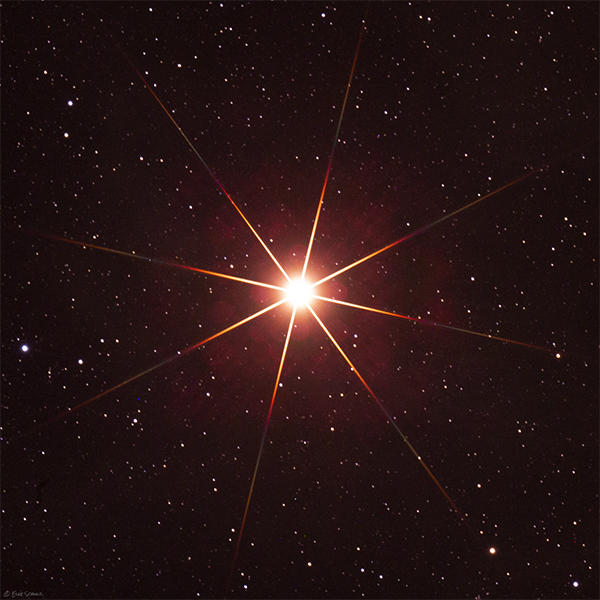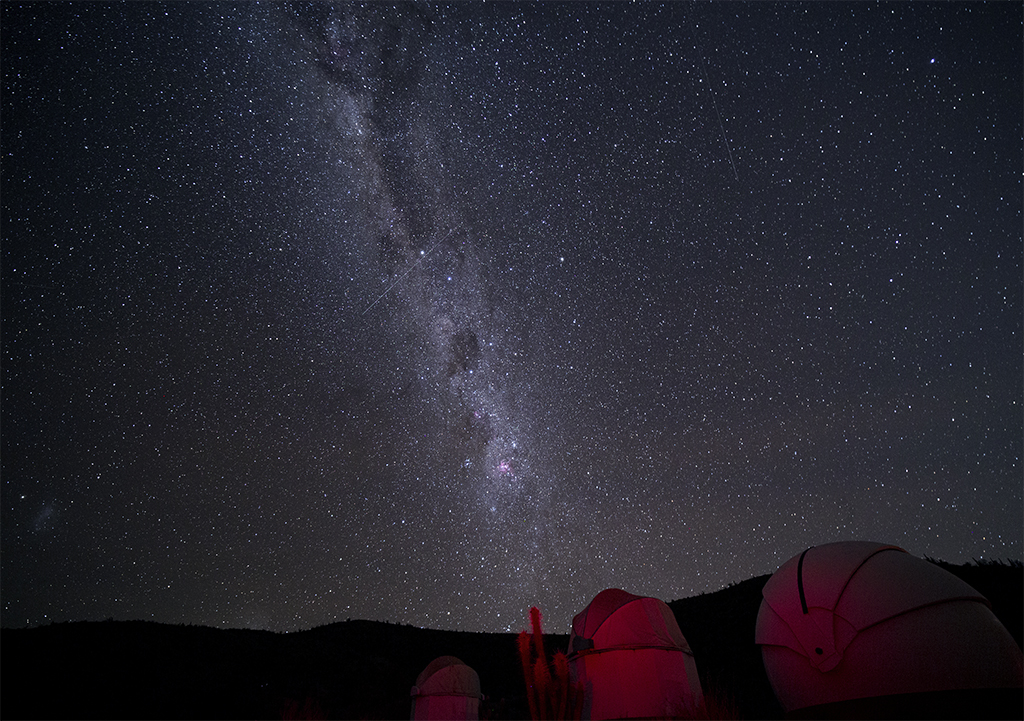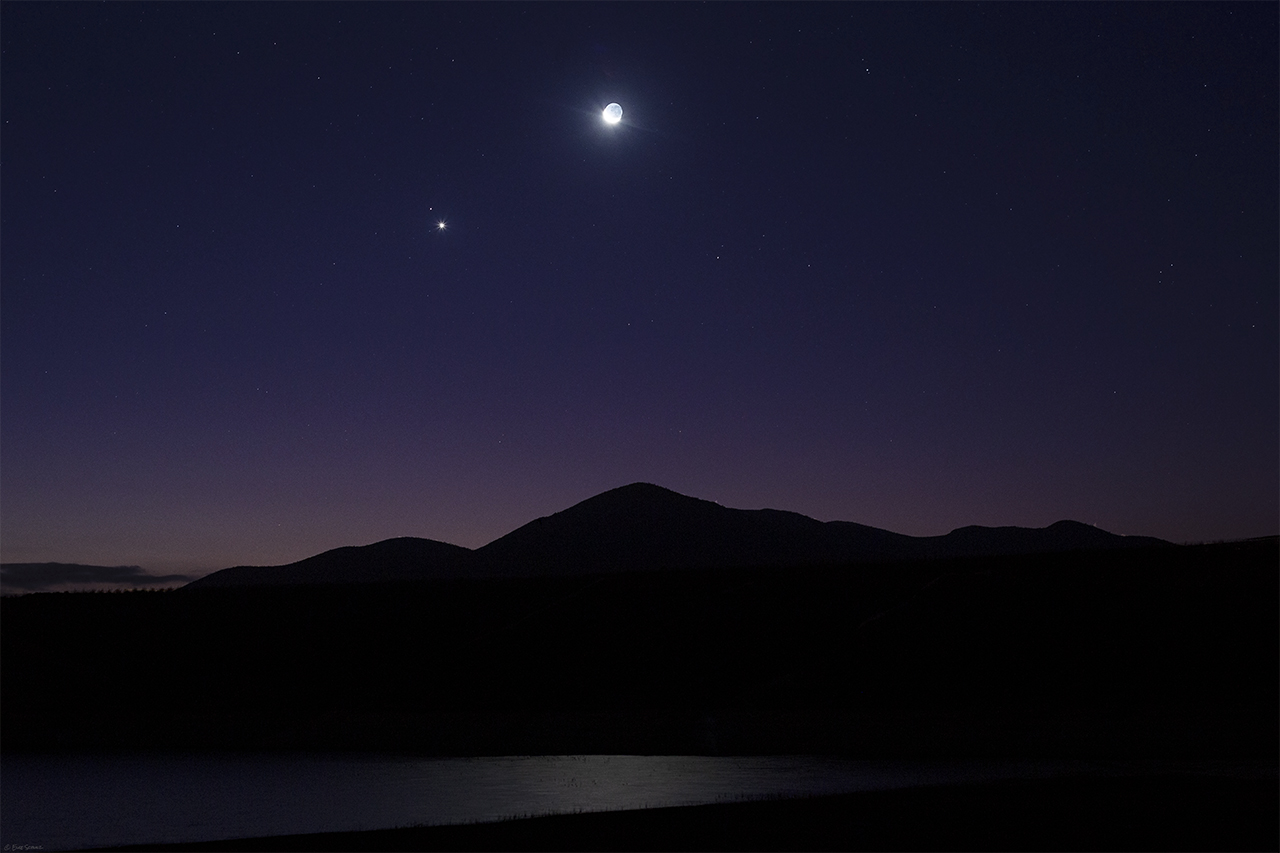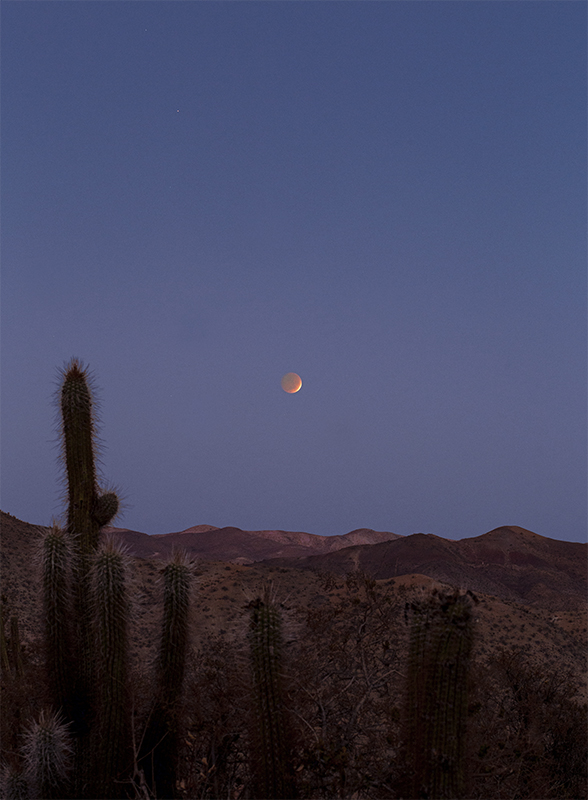Planets in the Morning
On April 30, 2022, we witnessed a magnificent conjunction of the two brightest planets, Jupiter and Venus, with Mars and Saturn as celestial observers higher in the sky. While Jupiter was the lowest planet in the sky before April 30, it swapped places with Venus after that date, and will have a close encounter with Mars on May 29, 2022.
Pink Flower
A creative composition realized with a pink flower, a macro lens, double exposure and a Photoshop finish.
Christmas Comet
I was finally able to image Comet Leonard, aptly dubbed this year's Christmas comet. Officially named C/2021 A1 (Leonard), this inbound long period comet was discovered by G. J. Leonard at the Mount Lemmon Observatory on 3 January 2021. It swept closest to Earth on December 12, 2021, and passed by bright Venus on December 17-18, 2021. It will make its closest approach to the sun (perihelion) on January 3,
ATLAS goes Chile
It was an exciting day at El Sauce Observatory as this remote Chilean observatory witnessed the arrival of the ATLAS telescope. ATLAS stands for "Asteroid Terrestrial-impact Last Alert System" and refers to an asteroid impact early warning system developed by the University of Hawaii and funded by NASA. Currently, the ATLAS system consists of four identical telescopes: one at Mauna Loa Observatory on Big Island (Hawaii/USA), a second on the summit of
Partial Lunar Eclipse
On November 19, 2021, a large part of the world was treated to a lunar eclipse. A lunar eclipse occurs when the Sun, Earth, and Moon align so that the Moon passes into Earth’s shadow. In a total lunar eclipse, the entire Moon falls within the darkest part of Earth’s shadow, called the umbra. In this eclipse, up to 99.1% of the Moon’s disk entered Earth’s umbra. Therefore, this eclipse
Lunar X
By sheer coincidence, I got a lucky shot of the Lunar X tonight. The Lunar X is an effect in which light and shadow create the appearance of the letter 'X' on the rim of some lunar craters. This X is visible each month before the first quarter moon - but only for a few hours. It can be found along the so-called lunar terminator, i.e., the borderline between the
Antares
This is an image of Antares, the brightest object in the constellation of Scorpius. It is a giant red star that is surrounded by dust. It is often referred to as the "the heart of the scorpion" and appears distinctly reddish when viewed with the naked eye. I used an 8" refractor to obtain this image. Since refractors don't produce starburst patterns, I placed thin threads in front of the
Milky Way Above the Observatory
A picturesque view of the Milky Way above the observatory at the Hacienda Los Andes, including two Perseid meteors.
Triple Conjunction
On July 12th, the planets Mars and Venus teamed up for a beautiful pas de deux in the evening sky. While Mars was rather faint and could be overlooked at first, brilliant Venus was easy to spot. But we were in for a special treat that night, as the young crescent moon joined the cosmic pair for a lovely triple conjunction. More pics
Red Cactus Moon
On May 26, 2021, a lunar eclipse was visible here in Chile in the early morning hours. A lunar eclipse happens when the full moon moves through the Earth's shadow. During totality, when the lunar disk is totally emerged in Earth's dark umbral shadow, the moon appears reddish. This effect is caused by the reddened sunlight from all the planet's sunsets and sunrises that is scattered by Earth's atmosphere. The total





